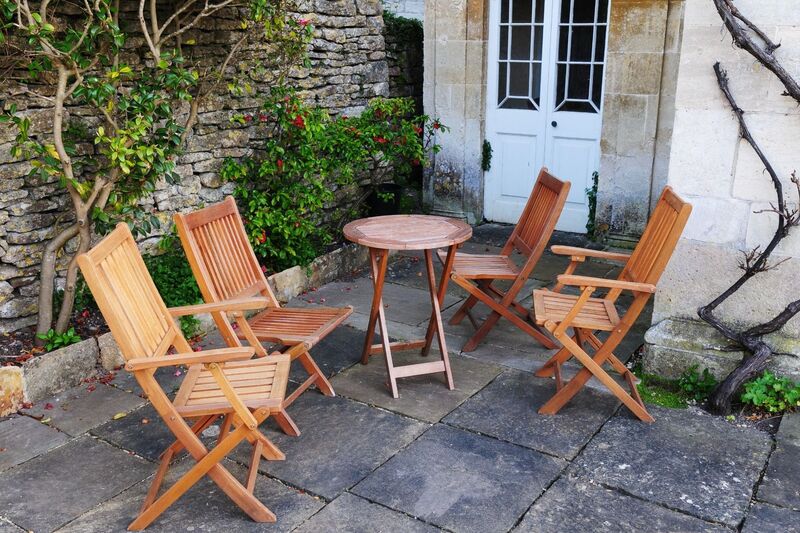
Woodworking Innovations & Trends in 2024
Let’s take a look at the woodworking innovations and trends in 2024.
Woodworking is a craft that has been honed and refined over thousands of years. Although its roots are prehistoric, woodworking has come a long way and is constantly evolving. 2024 looks to bring about even more innovation and advancements in woodworking, with a particular focus on sustainability and environmentalism. By staying on top of the latest trends in the industry, you can do so much more with wood - and in a more eco-friendly way. So, let's have a look!
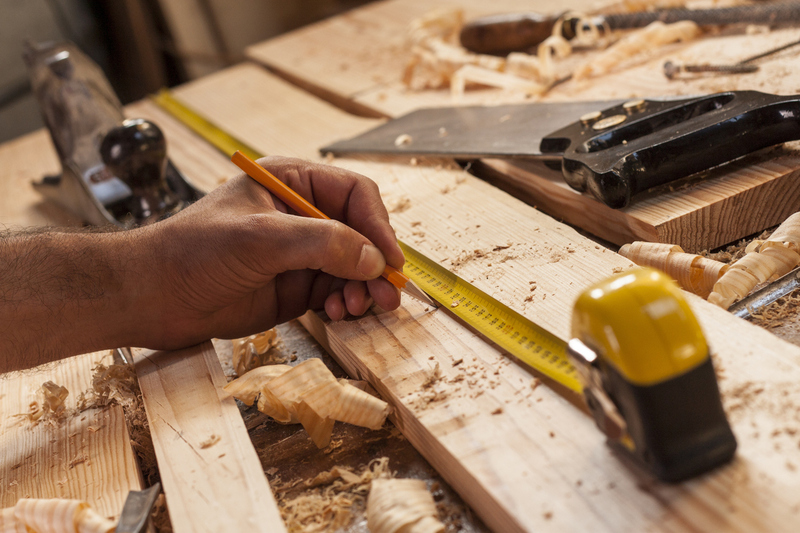

Technological Advancements in Woodworking
The woodworking industry is experiencing a revolution thanks to groundbreaking technologies that enhance precision, efficiency, and creativity. Computer Numerical Control (CNC) machinery has seen considerable advancements, with newer models offering greater accuracy and the ability to handle complex designs more efficiently than ever. This leap in technology helps to speed up production while also reducing waste, contributing to more sustainable manufacturing processes across the industry.
3D printing is another area making waves in woodworking. This technology allows for the creation of intricate and complex wooden structures that were previously impossible or too costly to produce. It opens up new avenues for customisation and innovation in woodworking designs.
Similarly, developments in laser engraving and cutting technologies have transformed how woodworkers approach detailing and finishing. These tools provide unmatched precision in carving intricate patterns and designs, enhancing the aesthetic value of wooden products.
The impact of these technologies extends beyond mere production capabilities. They enable woodworkers to unleash their creativity, experiment with new ideas, and ultimately redefine the boundaries of what's possible in woodworking.
Sustainable Practices and Materials
As global emphasis on environmental sustainability intensifies, something that we - at Rubio Monocoat - are passionate about, the woodworking community is also shifting towards more eco-friendly practices. The use of reclaimed wood has become a popular trend, not only for its environmental benefits but also for the unique character it adds to finished products. Sustainable forestry practices are also being increasingly adopted to ensure that wood resources are responsibly managed and preserved for future generations.
In addition to sustainable wood sources, there’s been significant innovation in non-toxic finishes and adhesives. Our products at Rubio Monocoat, for example, contain no Volatile Organic Compounds (VOCs), making them a safe and sustainable choice. These products help reduce the harmful effects that traditional woodworking materials can have on both the environment and human health, marking a critical step towards a more sustainable woodworking industry.
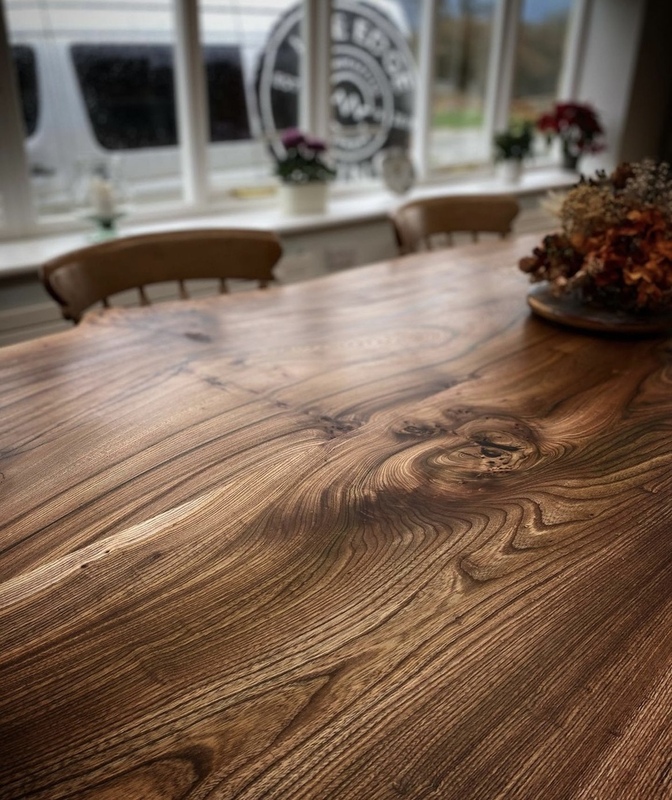

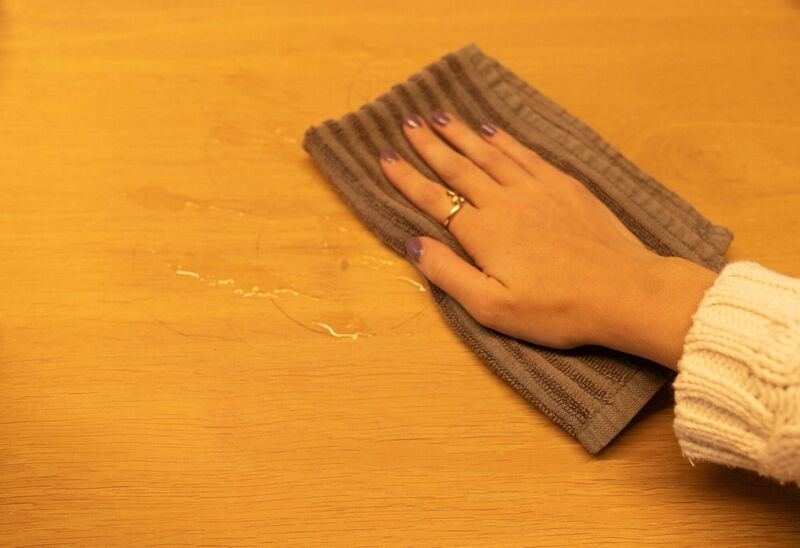

Emerging Trends in Woodworking Designs
2024 sees a clear trend towards minimalism and functional simplicity in woodworking designs. This trend emphasises clean lines and practicality, reflecting a broader societal shift towards minimalism in lifestyle and consumption.
Customisation remains a strong trend, with more consumers seeking personalised woodworking projects that reflect their tastes. This desire for personalisation is supported by the technological advancements in CNC machinery and 3D printing, making bespoke designs more accessible.
There’s also a noticeable resurgence of traditional craftsmanship within contemporary design. This trend values the skill and artistry of classic woodworking techniques, blending them with modern aesthetics to create timeless pieces. Social media also plays its own role in shaping design trends, as popular styles and innovative ideas quickly gain traction and inspire other woodworking enthusiasts across the globe.
The DIY Movement and Woodworking Education
The DIY woodworking movement continues to grow, fueled by the widespread availability of online tutorials, workshops, and courses. These resources make woodworking more accessible to a broader audience, empowering individuals to create and repair wooden items independently. More people than ever before are taking on projects like wood stair restoration or restoring wooden floors because it’s easier to learn how with online resources.
Social media platforms have become a thriving space for community-building projects, allowing hobbyists and professionals alike to share their ideas, tips, and techniques. This communal aspect helps to foster a sense of belonging and accelerate collective learning and innovation in woodworking.
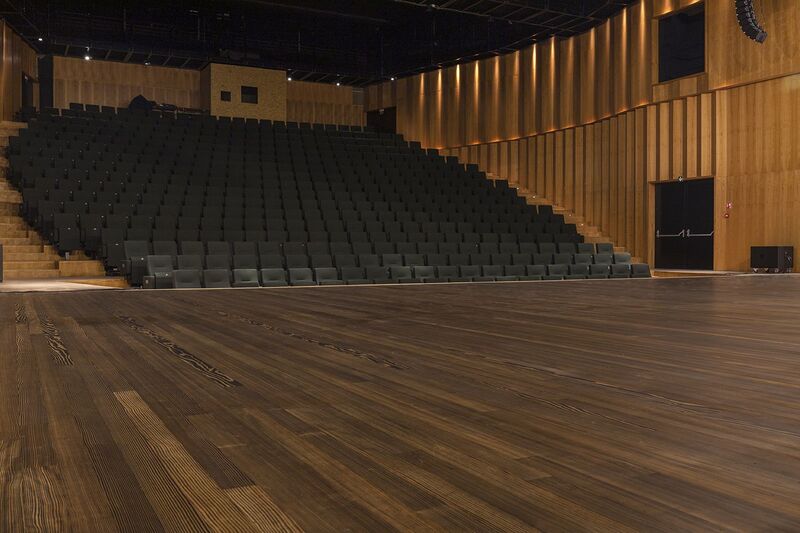

The Future of Woodworking: Predictions and Possibilities
Looking ahead, the potential for new materials and techniques is both exciting and expected. Innovations such as synthetic wood products or advanced composite materials could further revolutionise the industry. The ongoing challenge will be balancing the integration of cutting-edge technologies with traditional woodworking craftsmanship, ensuring that both can coexist and enrich the field.
Challenges and Opportunities
The main challenges facing the woodworking industry in 2024 include economic fluctuations, skill shortages, and an ageing workforce. It’s also going to be a challenge to keep up with the rapid pace of technological change, especially if people are looking to retain the skills from previous generations of woodworkers.
However, each challenge also presents unique opportunities. Economic pressures can drive innovation and efficiency, while skill shortages highlight the importance of education and training in the field. The rapid evolution of technology, while challenging, also opens up new possibilities for creativity and efficiency in woodworking.

